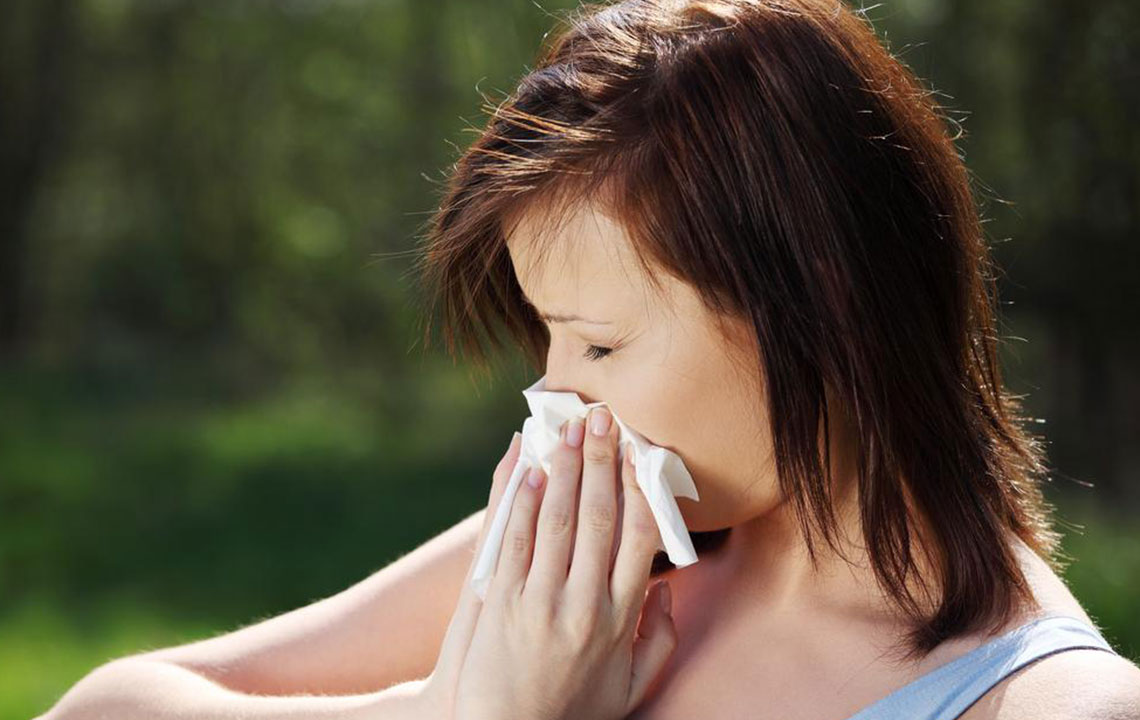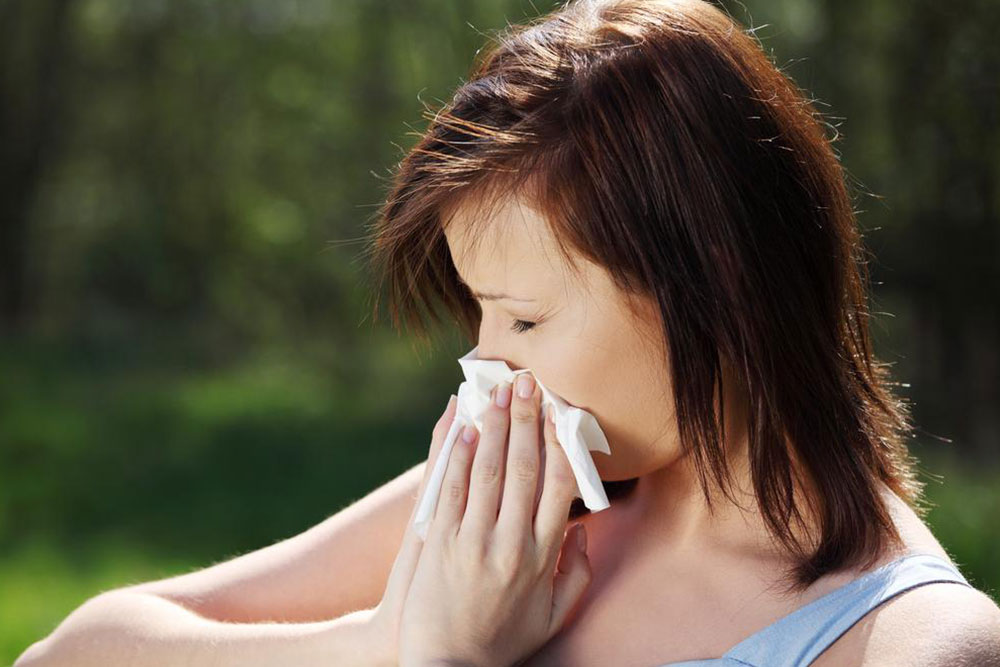Understanding Mold Allergies: Symptoms, Causes, and Prevention Strategies
This article provides comprehensive insights into mold allergies, including symptoms, causes, diagnosis, and effective prevention tips. It emphasizes the importance of controlling indoor humidity, ventilation, and diligent cleaning to reduce mold exposure, helping individuals manage allergic reactions and improve air quality in homes and workplaces.

Understanding Mold Allergies: Symptoms, Causes, and Prevention Strategies
Understanding mold allergies: signs, origins, and management
Allergic reactions can develop due to various factors including seasonal changes and weakened immunity. Mold allergy is caused by sensitivity to mold spores present in the environment. Molds are widespread, and disturbing mold-infested areas can release spores into the air, triggering allergic responses in some individuals. Not everyone reacts to molds, but those with sensitivities may experience symptoms that range from mild to severe. Molds thrive on decaying organic matter like leaves, wood, and damp areas inside buildings.
Similar to pollen, molds tend to be less active during winter but flourish in spring when conditions favor growth. Indoor mold development happens in humid areas such as bathrooms, basements, and kitchens.
Common symptoms of mold allergy include itchy eyes, sneezing, nasal congestion, dry or flaky skin, and skin irritations. Outdoor molds typically cause allergy symptoms during summer and fall, while indoor mold exposure can cause year-round issues. Occasionally, mold spores may invade the nasal passages, leading to hay fever-like reactions. In some cases, prolonged exposure causes respiratory problems like wheezing, chest tightness, or asthma attacks. People with weakened immunity or sensitive individuals may develop more severe conditions such as allergic bronchopulmonary aspergillosis, presenting with breathing difficulties, wheezing, and coughing.
Beyond environmental exposure, food fungi from products like dried fruits, mushrooms, vinegar, yeast, or soy sauce can trigger allergic reactions through ingestion. Fermented foods and drinks like wine also contain histamines, which can induce allergy-like symptoms.
Several factors increase susceptibility to mold allergy or worsen existing symptoms. These include a family history of allergies or asthma and occupational exposure in environments like farming, woodworking, baking, or greenhouse work where mold presence is common.
To diagnose mold allergies, healthcare providers review medical history and perform skin tests or blood tests measuring allergen-specific IgE levels. Proper diagnosis involves thorough physical exams, history, and testing. Since there’s no definitive cure, prevention focuses on reducing exposure. Avoid outdoor activities during high mold counts and wear masks during plant-related tasks. Controlling indoor moisture and air quality can significantly reduce mold growth.
Strategies to lower indoor mold include using HEPA-filtered air conditioning systems, maintaining humidity levels below 50%, and keeping humidifier reservoirs clean. Good ventilation, fixing leaks, and eliminating dampness are also essential. Regular cleaning of bathrooms, basements, and areas prone to moisture helps prevent mold development. Ensuring proper drainage away from the house and monitoring indoor humidity levels contribute to a healthier environment.










